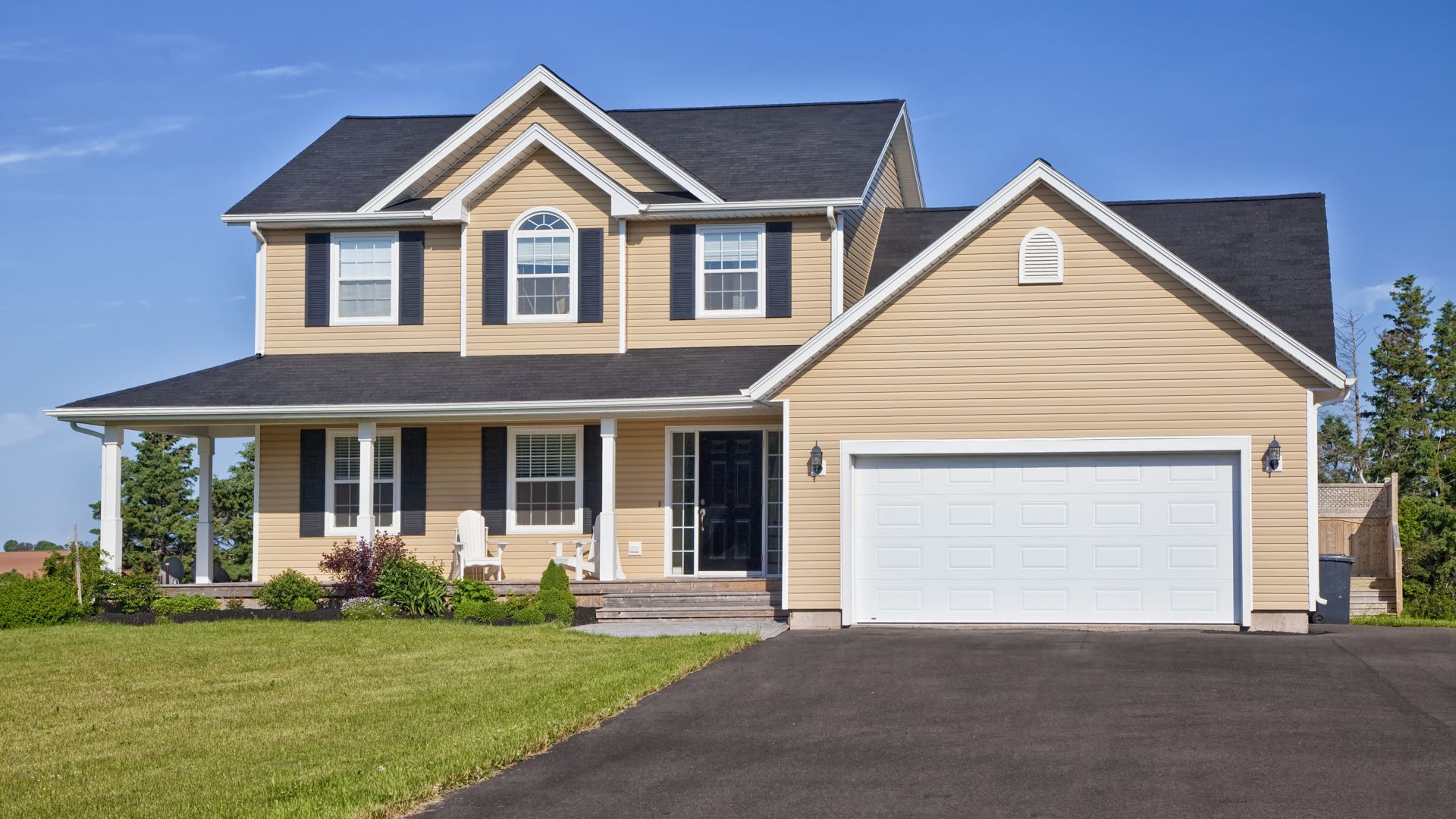The Art of Open Concept Living: Knocking Down Walls for Spacious Designs
The trend towards open concept living has been growing in popularity in recent years, and it’s not hard to see why. Removing walls between rooms can create a more spacious, airy feel while also fostering a sense of togetherness and connection among family members or guests. If you’re considering a home renovation project, knocking down walls to achieve an open concept design may be just the thing you need. In this blog post, we’ll explore the art of open concept living and provide some tips on how to achieve a beautiful, functional space that meets your needs.
The Benefits of Open Concept Living
There are many benefits to adopting an open concept design in your home. One of the most significant advantages is increased natural light. By removing walls between rooms, natural light can flow more freely throughout the space, making it feel brighter and more welcoming. Additionally, an open layout can make your home feel larger than it actually is by eliminating visual barriers that segment the space.
Another benefit is that an open-concept design encourages interaction between people in different parts of the house. For example, if you’re cooking dinner in the kitchen while your kids are doing homework at the dining table, you can still communicate with them without having to shout across a wall.
Planning Your Open Concept Design
Before you start tearing down walls willy-nilly, it’s important to have a solid plan for your new layout. Consider the flow of traffic through your home and think about how you want each area to function. For example, if you’re combining a living room and dining room into one large space, make sure there’s enough room for both functions without feeling cramped.
It’s also essential to think about storage needs when planning an open concept design. Without walls to hide things behind, clutter can become more of an issue. Consider incorporating built-in storage solutions like bookshelves or cabinets to help keep things tidy.
Choosing the Right Finishes
Once you’ve got your layout planned out, it’s time to choose finishes that will complement your new space. Many people opt for a neutral color palette in open concept designs, which can help create a cohesive look throughout the space while also making it feel brighter and more spacious.
Flooring is another critical decision when designing an open concept home. You’ll want to choose something that’s durable enough to withstand high traffic but also visually appealing since it will be visible throughout most of the house. Hardwood floors are a popular choice for their durability and timeless appeal.
Balancing Openness with Privacy
While the goal of an open concept design is to create a sense of spaciousness and connection, it’s still essential to maintain some level of privacy within the home. For example, if you’re combining a bedroom with a living room or office area, consider using room dividers like sliding doors or curtains to provide separation when needed.
It’s also important to consider noise levels when designing an open concept home. Without walls to absorb sound, noise can carry further than you might expect. Consider installing sound-absorbing materials like acoustic panels or rugs in high-traffic areas to reduce noise levels.
Conclusion
Open concept living is more than just knocking down walls; it’s about creating a functional and inviting space that meets your needs and enhances your lifestyle. By planning carefully and choosing finishes wisely, you can achieve a beautiful home that feels spacious and connected while still maintaining privacy where necessary. If you’re considering adopting an open concept design for your home renovation project, be sure to work with experienced professionals who can help guide you through the process and ensure that your finished space is everything you hoped for and more.
